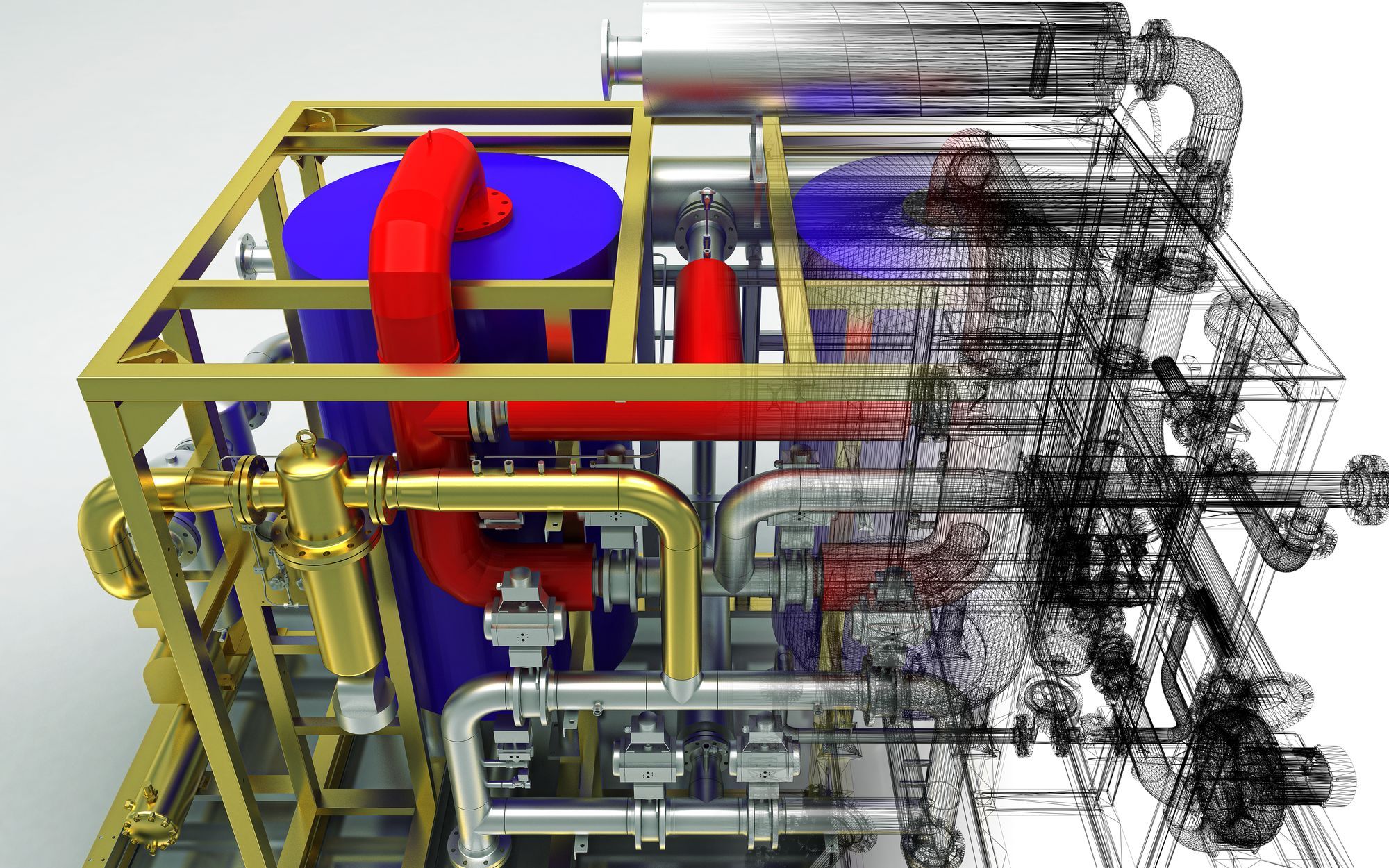Traditionally, Building Information Modeling has been used as a design tool to aid in visualization, giving architects, engineers and construction professionals an interactive and intuitive conceptual model of buildings and infrastructure. However, for BIM to continue to evolve beyond a ‘visualization tool’ to a true industry best practice, it needs to show definitive results around efficiency and productivity to support cost savings and better decision making throughout the design, build and operate lifecycle.
This transformation hinges on moving beyond BIM to a constructible process that combines design, project management and engineering models into a collaboration and data-rich platform. With a focus on inserting build-quality content and metadata into 3D models early on, the constructible process will accelerate the modeling process, increase visibility and improve predictability across the entire project. As a result, productivity and coordination between the owner, architect, engineer, general contractor and specialty trades will increase dramatically.
Consider the drivers behind the constructible process and some real-world examples of how it is being used to optimize productivity and value throughout all phases of the build.
Integrating project, jobsite and business workflows
One of the key elements of the constructible process is the free and secure exchange of data between multiple groups and disparate systems. Democratized access to data, plans and models can enhance collaboration and improve workflows from the field to the office, and between various project teams. With data interoperability, libraries of validated and build-ready design content can streamline the design and detailing process for multiple groups.
Technologies that move beyond BIM and support a constructible process leverage and liberate data through standards, common languages and streamlined data sharing. By leveraging constructible BIM workflows in a more synchronized way, organizations can integrate processes, improve information accuracy, reduce rework, bring greater transparency and predictability across the project, and ultimately reduce total project costs. Civil and building contractors who can work congruently with owners to leverage data and intelligence gained through design-construct workflows across the full infrastructure lifecycle, will lead the field in constructible BIM and more effective project delivery.
Metadata is key
While conventional architectural models visualize buildings and infrastructures at the conceptual level, a constructible model includes valuable metadata used during the actual construction process. This could include everything from the faucets an architect uses to render an interior space, to manufacturer-specific information such as what the item is, where to buy it, the cost and how long it takes to get it or fabricate it.
When metadata is included early in the design process, content-enabled models can increase productivity, reduce waste and increase safety across projects. It provides data so accurate that a contractor can build from it, creating a detailed bill of material, determining the date for fabrication and installation, and using the as-built to optimize operation and utilization of the asset. With full detail, a design becomes construction-ready much sooner and it can be awarded to a specialty contractor to proceed with the construction process. High level of detail models can drive a true constructible process, including fabrication workflows directly from the model. And, by including more details up front, there is more accuracy and predictability built into the schedule and cost of the project.
With this rich data in the field, contractors can also improve installation productivity like rebar placement, which later may be further optimized with automated installation from robotics or automation. Today, many leading specialty contractors are using high LOD constructible models to drive prefabrication activities and offsite fabrication.
For instance, an Indiana-based mechanical contractor recently developed a constructible process to optimize workflow for design, fabrication, manufacturing, scheduling, layout and installation, using Autodesk Revit and Trimble SysQue. They implemented this process for a customer’s lab building project, specifically for the fabrication and installation of hangers, pipes and components. The models included LOD-400 content, which included everything from exact manufacturer fittings to pipe length. The project manager explained that with a constructible process the team fabricated over 90 percent of the project’s piping offsite, reducing the footprint and labor requirements of the project by approximately 50 percent − cutting $1 million in shared costs from the project.
The contractor wanted to eliminate manual steps for fabricators and improve the accuracy and efficiency of everything from fabrication down to installation. When adding fittings into SysQue, the model gave pipe length, which was then reflected in the schedule. The model cut 100 pieces at five feet and then put pieces on with fittings with extreme accuracy, which saved time and rework. The big payoff was savings for the customer.
Time and cost data can enhance common design environment
Another vital element to the constructible process is the augmentation of 3D models to also include the 4D element, time and schedule, and production control along with 5D cost estimating. The combination of the 3D model with model-based scheduling and model-based cost estimating within the design workflow introduces an entirely new depth to understanding to the project. By including time and cost components in the constructible model, the actual design elements are linked to the actual schedule task, showing a real connection between the design and time aspects of a projects for those with a technical background, as well as for those without.
For example, for an HVAC contractor leveraging a constructible model that includes budget and schedules, this model can drive daily work orders and orchestrate accurate HVAC layout. Labor tracking and as-built scan data can also be captured, modeled and represented in the model. In addition, production captured in the contractor’s enterprise resource planning (ERP) system can be linked to the model to show production progress. General contractors can perform labor productivity analysis and sign off on production progress to facilitate subcontractor payments in a more efficient way, with validated data to support decisions. These transformations can also be replicated across the entire building process overtime.
When construction stakeholders can continue to inject more construction-ready data into their models and can integrate data and workflows between groups, including construction estimating, scheduling and design management, the true BIM vision will become within reach. While BIM and the 3D model are the starting point, the constructible process will support further digital transformation and reward the construction industry with less waste and rework, fewer health and safety incidents, and higher profits and lower costs.







